What Is The Best Way to Handle Restart Errors in YSQL?
This edition of the Distributed SQL Tips and Tricks blog looks at how to use READ COMMITTED isolation in YugabyteDB to avoid restart errors in YSQL, ensuring a smoother database experience.

This edition of the Distributed SQL Tips and Tricks blog looks at how to use READ COMMITTED isolation in YugabyteDB to avoid restart errors in YSQL, ensuring a smoother database experience.

This edition of the Distributed SQL Tips and Tricks blog looks how and why Yugabyte handles efficient row retrieval using a primary key, as well as the implications of not having one.
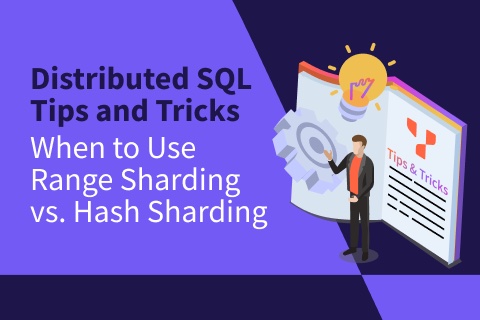
YugabyteDB supports two methods of sharding data: by hash and by range. Discover which strategy is correct to use in which situation.
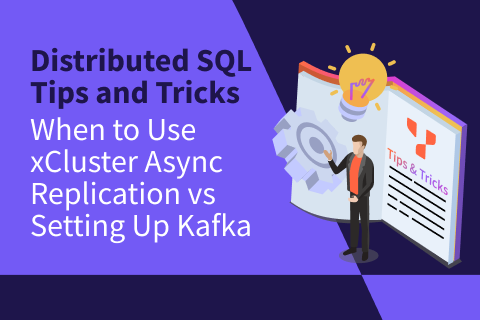
When considering replication options between YugabyteDB clusters, you have two options—xCluster async replication or setting up Kafka. Learn the when and how and why to both choices.
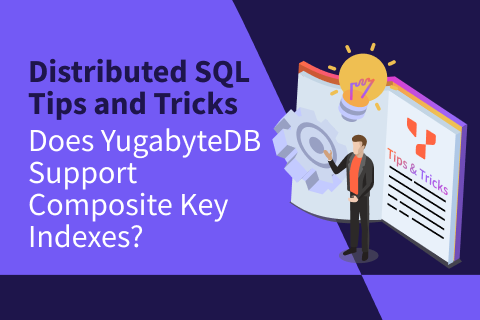
This edition of the Distributed SQL Tips and Tricks blog looks at YugabyteDB’s support for composite keys for tables (as well as secondary indexes).
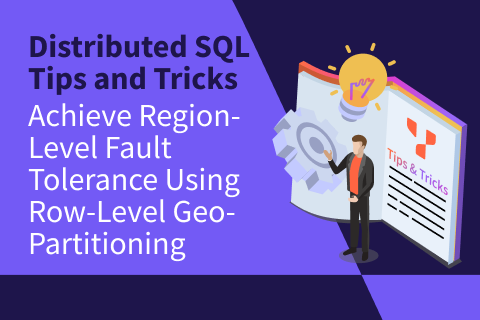
This edition of the Distributed SQL Tips and Tricks blog looks at how to achieve region-level fault tolerance with row-level geo-partitioning.
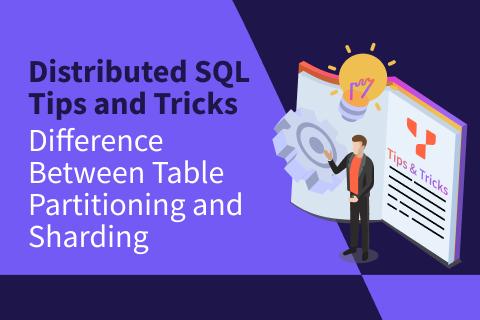
In YugabyteDB you can use sharding and partitioning, so it can be confusing. In this blog post, we explore the differences (and similarities) between them and when each should be used.
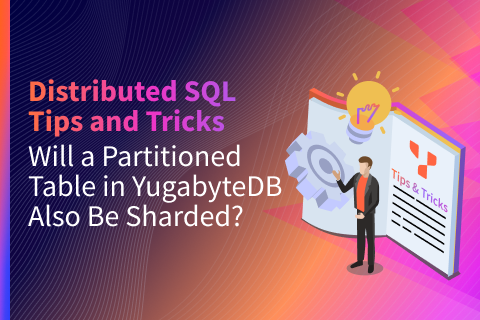
In YugabyteDB, every table and index is sharded across the cluster, with partitioning at the query level (YSQL) and sharding at the storage level (DocDB), enabling unique configuration concepts like row-level geo-partitioning.

In this blog post, we will explore the differences between colocated and non-colocated databases/tables and then dive into the syntax implications of primary key usage on colocated and non-colocated tables/databases.
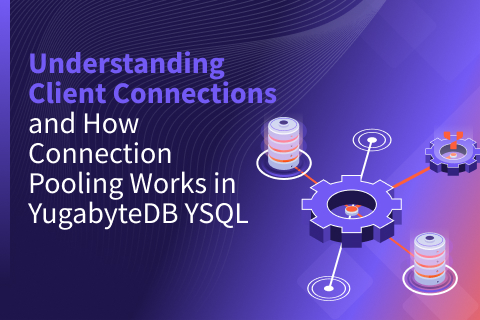
In this blog post, we explore client connections in YugabyteDB, their impact on scalability, and the role of connection pooling. We address common questions and provide insights for developers looking to design efficient interactions between their applications and the database.